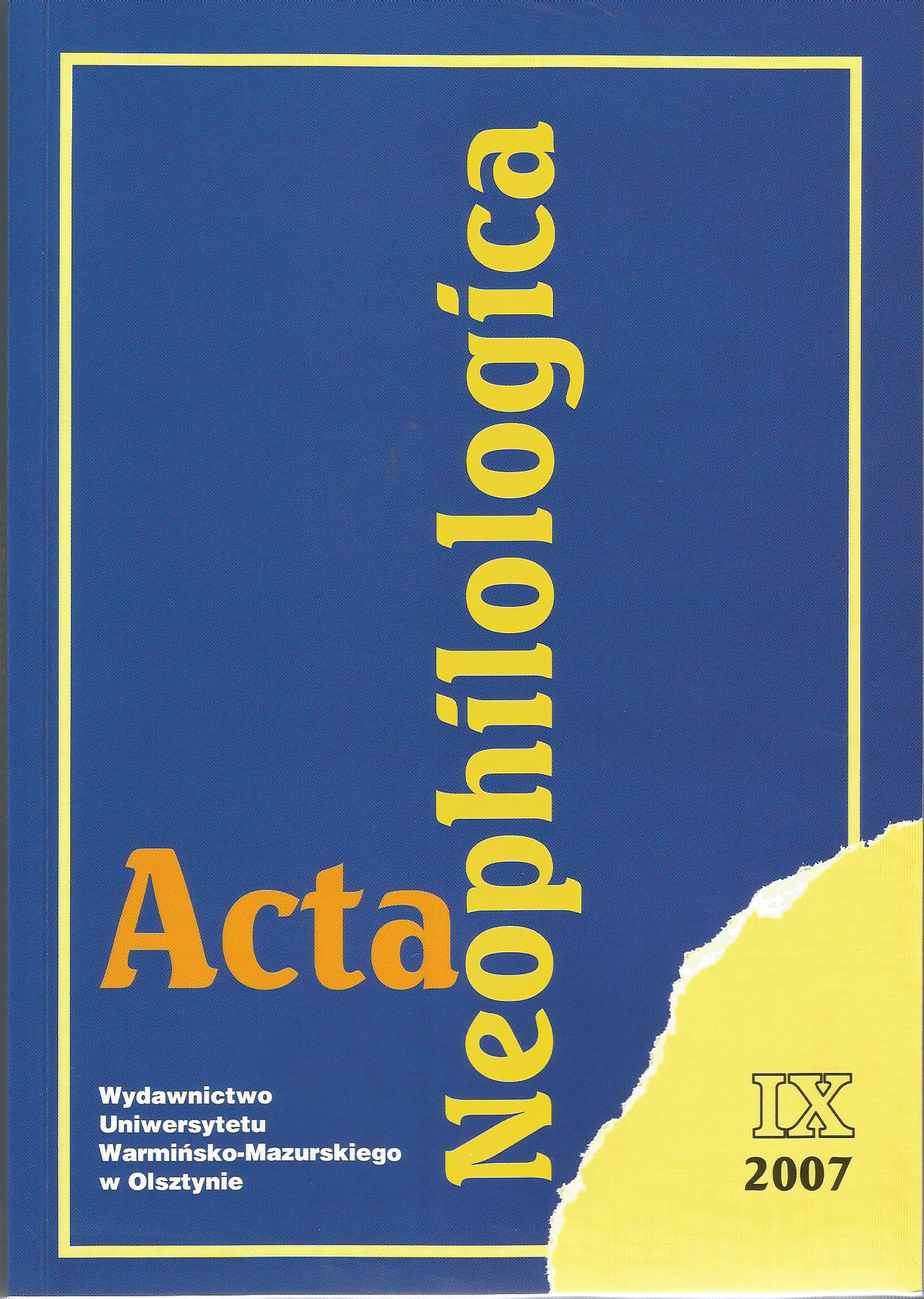Non-Uniform Approach Towards Dativizable Verb
Non-Uniform Approach Towards Dativizable Verb
Author(s): Katarzyna SówkaSubject(s): Language and Literature Studies, Theoretical Linguistics, Applied Linguistics
Published by: Wydawnictwo Uniwersytetu Warmińsko-Mazurskiego w Olsztynie
Keywords: dative alternation; dativizable verbs; monosemy approach; polysemy approach; verbs of giving
Summary/Abstract: Dative Altemation has given rise to a lot of controversy in the linguistic studies, especially inthe reference to the inherent meaning of give verbs and its relation to the arguments projection.The aim of this paper is to provide support to Rappaport Hovav and Levin (2005) thesis thatchallenges a recently prevailing polysemy approach, which characterizes dativizable verbs ofgiving as having two inherent meanings. To provide data and support to Levin and RappaportHovav (2005) proposal concerning monosemy of dativizable give verbs, first, I point out drawbacksin the polysemy approach towards verbs o f giving, future having, and verbs o f communicatedmessage in English. This analysis takes issue with the assumptions of the polysemy approachand supports the monosemy approach to give verbs in English. In order to give more support tothis observation, later, I carefully scrutinize the equivalents of English verbs o f giving, futurehaving and verbs o f communicated message in German and Polish. Both these languages show theequivalent of the Dative Alternation.The data provided from other languages demonstrates that verbs o f giving and their subtypesinherently involve only possession in their root meanings and exclude caused movement.
Journal: Acta Neophilologica
- Issue Year: 2007
- Issue No: IX
- Page Range: 65-71
- Page Count: 7
- Language: English

